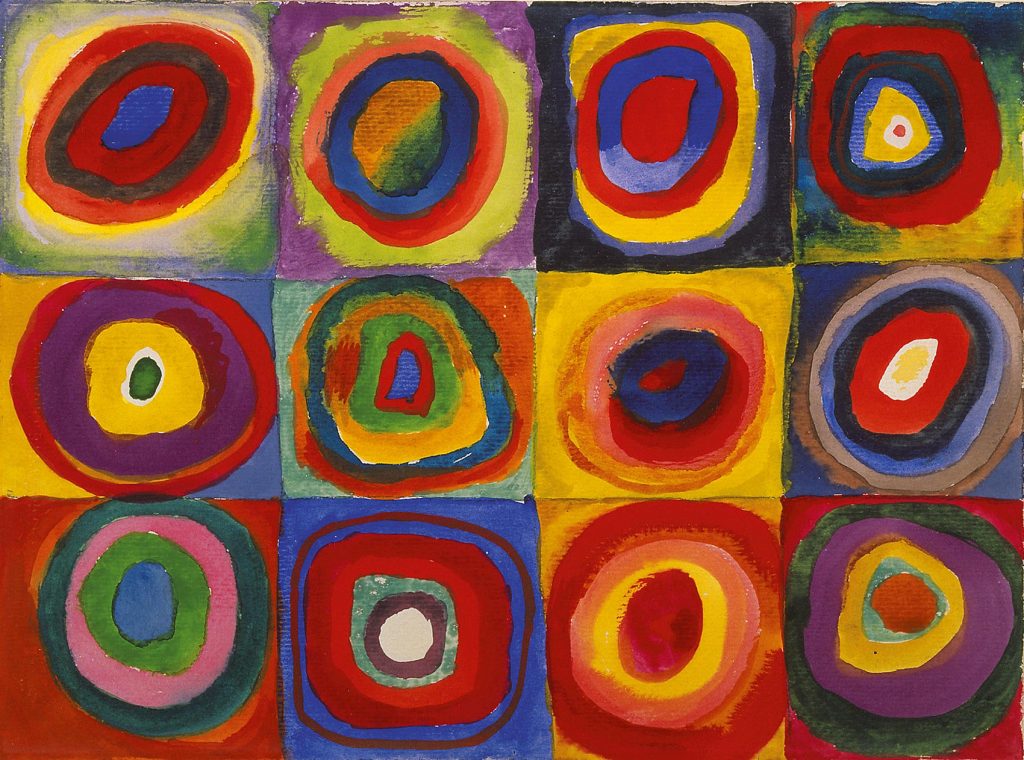Drawing and other art mediums have long provided children with a means to express themselves, acting as the bridge between internal thoughts and external communication (Richards, 2017). From babies, to toddlers, to preschoolers, children relish the sensory and physical experience of mark-making – feeling the pencil drag along a fresh piece of white paper or grains of sand trailing behind their fingertips. It is these early experiences that establish a love for artmaking and a desire to be more connected to our world.
This rung true in the Junior Preschool class of 2020. Groups of children would spend most of their morning happily drawing in the Art Area beside friends. Pencil to paper, scribbling across the page before gleefully announcing, “Done!”. Swiftly grabbing the next piece of paper, with little thought of colour or design one would hear again “Done!”. Observing this day after day made me question the children’s art-making intentions and more so as educators what our intention was for them.
Children are much more capable than many believe. When given the opportunity, they are entirely capable of learning visual art techniques and then using these as a language to communicate and make meaning. For this reason, as a team we decided to undertake a whole class visual arts project. Our aim was to channel the children’s interest in artmaking whilst developing their creativity and intentionality beginning with the empowerment of choice and ability.

This project took the form of an artist study of renowned abstract artist, Wassily Kandinsky, known for his vibrant paintings of concentric circles. Although his paintings were not geared towards children; children are able to use similar techniques to emulate his work, which can build the confidence of children in their own abilities and potential as artists.
A fundamental component of this project was encouraging the children to slow down and be aware of the choices (as artists) that they make.
Think about what colour you want to choose.
Think about where you want to position your crayon on the page.
Think about what emotion you want your artwork to express.
By facilitating mindful art-making, our art-making process was forever transformed. The dialogue we had been using with the children became their own. The children would consistently have collaborative discussions about what they were drawing, how they were drawing it and why, demonstrating their deeper level of engagement with the experience and their own sense of agency as artists.
We also noted that by allowing the children to analyse, discuss and use Kandinsky’s work as inspiration for an extended length of time (months), their artworks became increasingly complex, unique and authentic to themselves, reflecting a new level of competency and value placed on their own abilities and ideas.
As educators taking time to stand back and reflect, we could observe and feel a greater sense of purpose present within the space. No longer did we here “done!” shouted in such short succession, as the emphasis had shifted from the delivery of an end product, to the act of enthralling the mind, body and soul in the art of creating.
This year-long experience has demonstrated the influence and necessity of the ‘intentional educator’ within visual art spaces. The role of the educator being a partner to the child, guiding their reflective thinking rather than an inactive onlooker who does not nurture their artistry, or alternatively an instructor who removes choice and in the process all creativity. For this dynamic and powerful relationship to truly blossom, we must first value each child’s inner artist so that they can reach their full artistic potential.
References
Richards, R. (2017). ‘Young children’s drawings and storytelling: multimodal transformations that help to mediate complex sociocultural worlds’ In M. J. Narey, (Ed.) Multimodal perspectives of language, literacy, and learning in early childhood: The creative and critical “art” of making meaning (Vol. 12) (pp. 127-147) Springer.